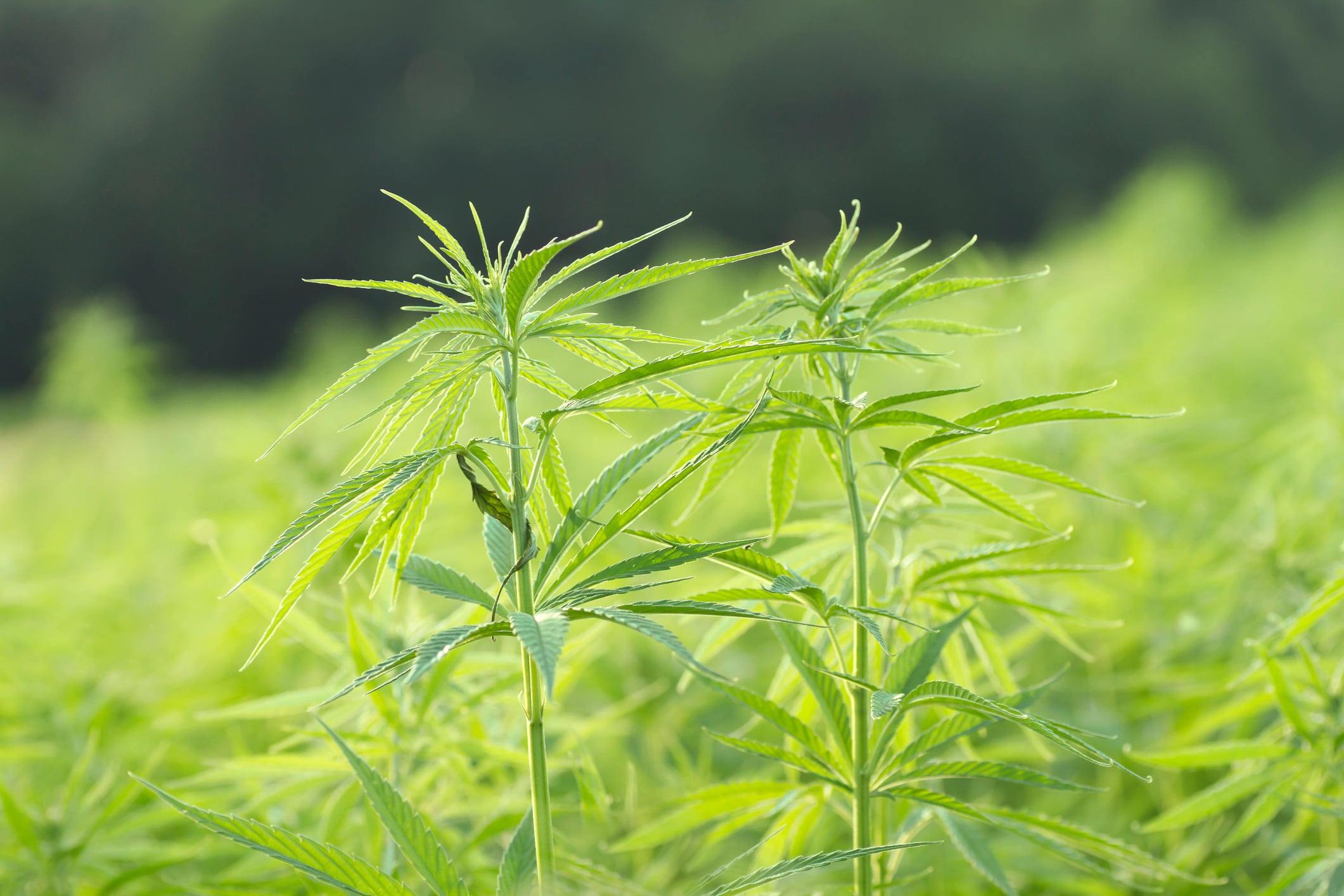As the year 2020 dawned, expectations were high for this annual tradition of setting New Year’s resolutions, with the obvious symbolism of clarity associated with 20/20 vision. As the year now comes to a merciful close, it is certain that 2020 will be remembered not for clarity and clear vision, but for the many challenges that seemed to pile on throughout the year. The novel coronavirus has impacted the entire world, and here at home we have also been confronted by a divisive national election and a broad call to make meaningful cultural progress in the related issues of diversity, inclusion and social justice.
Herbal ingredients reap benefits of doing well while doing good
In the midst of all this, many in the herbal and natural products industry did well while doing good, as consumers — that is, our families, our neighbors and our communities — increased their demands that our products be included in their personal health care choices. Nutrition Business Journal estimates that 2020 year-end sales of dietary supplements will be 12% higher than in the prior year, and that growth in herb and botanical products will show a year-over-year rise of more than 18%.
While these projected sales increases are higher in 2020 than in other recent years, NBJ also reports that the percentage of annual sales growth of herbs and botanicals has been consistently higher than dietary supplements generally for each of the past several years. This ongoing growth in the herbal market also presents real challenges in maintaining a healthy balance between supply and demand, and the big increase in 2020 will make some of these challenges more immediate.
Supply concerns from soaring demand
One of the breakout herbal products during 2020 has been elderberry (Sambucus spp.) fruit and extracts, continuing an upward trend that was also reported for 2019. But the 2020 harvest has been lower than expected, especially in the European crop (S. nigra), presenting a significant obstacle to continued market growth for this key botanical. Other important herbs such as echinacea (especially Echinacea pallida and E. angustifolia) root, leaf, and flower, and ashwagandha (Withania somnifera) root are also in very high demand, as are numerous of the traditional Chinese herbs used in clinical practice by acupuncturists, such as Japanese honeysuckle (Lonicera japonica) flower and Chinese skullcap (Scutellaria baicalensis) root.
As so many of us spent more time in the kitchen these past several months, market demand has also spiked for many of the botanicals used as culinary spices, including cinnamon and cassia (Cinnamomum verum, C. cassia, and other species), allspice (Pimenta dioica) and cloves (Syzygium aromaticum).
Resupplying inventories is a multi-year project for the majority of these commodities, as the articles of trade are often only produced three or more years after planting a new crop. Thankfully there are robust supply networks, many of which have been in place for decades or generations, for these and other high-volume herbs and spices. On the other end of the supply chain, those finished product marketers that prioritize quality and consistency have developed long-standing relationships with their raw material suppliers, built on mutual understandings of the value of stability in their business relationships.
Sustainability as overarching theme
Over the last several years increased attention has been placed on the need to incorporate sustainable practices in our businesses, starting with the raw materials we use. This interest extends beyond ingredient suppliers and finished product marketers, as a 2019 report AHPA commissioned from Natural Marketing Institute indicates that herbal product consumers — especially those most committed to their use — value sustainability. These consumers advocate for not only the environmental aspects of sustainable production, such as reduced application of pesticides and use of renewable energy sources, but also emphasize the need for protecting the rights of workers and maintaining socially responsible businesses.
Our successes and our challenges this year have brought into sharp focus the need for more attention on supply management, and as the year 2021 arrives the entire herbal supply chain will need to take stock of the current status of supply-and-demand equations for many essential botanical ingredients.
As we move forward with optimism and good planning, our New Year’s resolutions can take into account our core business needs and also renew our commitments to sustainability, starting with the people and the practices in the farms, fields and forests that provide our herbal ingredients. In this way we can continue to foster the interrelatedness between doing good while doing well.
Editor's note: Founded in 1982, the American Herbal Products Association (AHPA) is the national trade association and voice of the herbal products industry. AHPA's mission is to promote the responsible commerce of herbal products to ensure that consumers continue to enjoy informed access to a wide variety of herbal goods.
The AHPA Sustainability Resources webpage (available here) lists several authoritative references and numerous tools for use by members and the industry at large. In addition, in 2020 AHPA chartered its Sustainability Committee to make this issue one of the association’s priorities.




